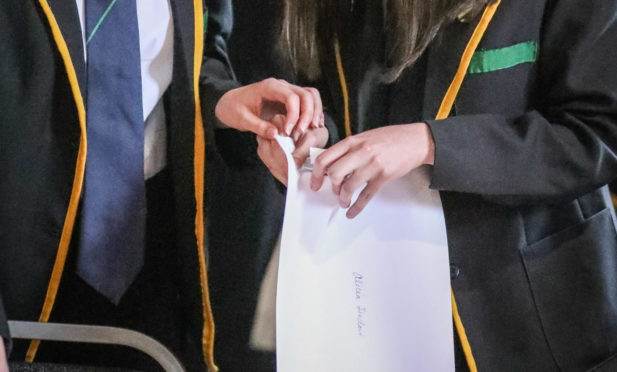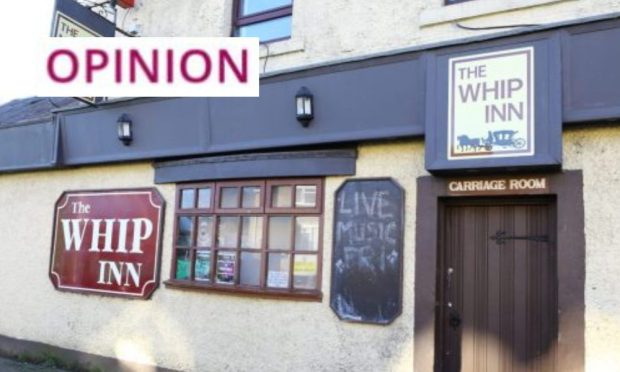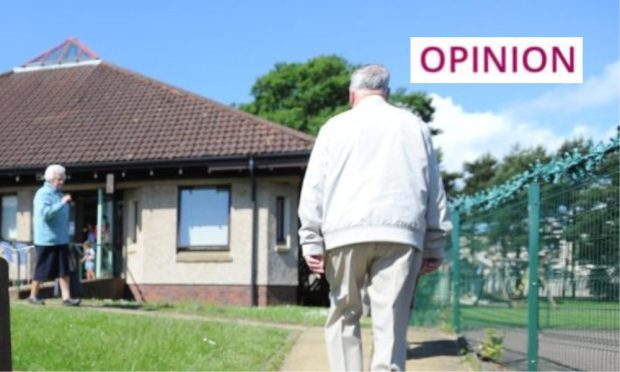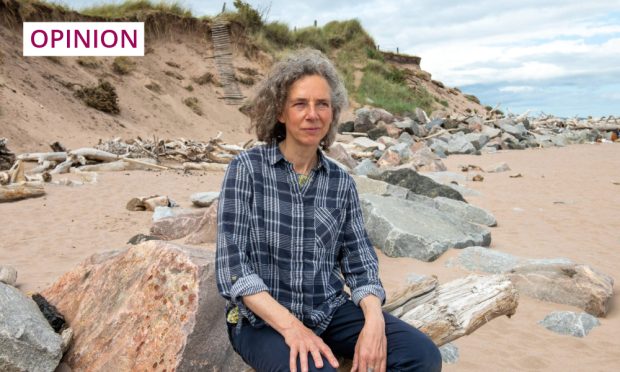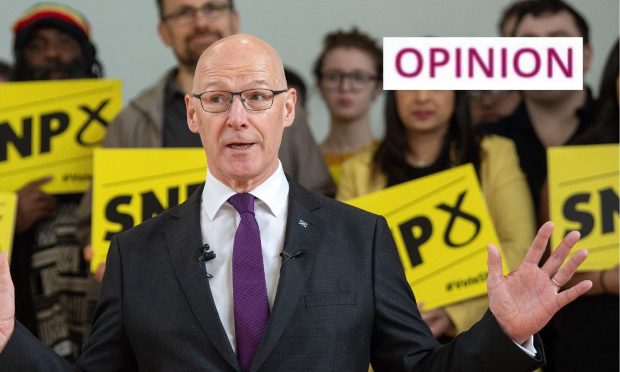Sir, – Nobody wants children to fail at what they do, which is why there was such an uproar over the SQA’s adjustment process.
It seems unfair that pupils should suffer because of circumstances beyond their control.
Exams nowadays are seen as an unfair reflection of a pupil’s ability because some of them don’t perform well in such a stressful process. Course assessments are not always seen as reliable because they are based on the opinions of teachers who may not want to look like they’re not teaching too well.
I’ve come up with a system which is undeniably fair to all. Basically it is based on attendance.
Pupils who turn up every day to school will be awarded 100% for all their subjects. The fewer days attended the lower the mark.
This system would continue through to the tertiary sector, with university students who attend all lectures gaining a first-class honours degree, with lesser awards depending on lectures missed.
All pupils will be in total control of their level of achievement simply by their attendance, which will be very pleasing to their parents.
Anyone getting a bad result will have no way of complaining.
The inevitable result will be a glut of highly qualified (on paper) applicants for jobs.
It will be unavoidable that employers will not place any trust in qualifications and will set their own entrance exams before taking anybody on.
This is, of course, the point at which many people will discover what it means to “fail”, something that used to be learned much earlier on and at a time when remedial help could have been given.
The choice, therefore, is simple.
Reality now or reality and desperation later.
Ken Greenaway.
Culross House,
Torr of Kedlock, Cupar.
Every day is a school day
Sir, – I am truly sorry the pandemic has brought pupils to a situation where they cannot have the opportunity to demonstrate their true level of knowledge in various subjects.
What troubles me deeply is children who are disappointed with the grades using the argument that they attended classes from 9am to 4pm and that was hard work.
Going to school is the opportunity to be given the tools to expand your horizons. It is not a job situation and doesn’t end when the bell rings.
If you have the thirst for knowledge you will go home, do homework and following activities that expand your knowledge.
Children must be told that every day of their lives is a school day.
David Lowes.
Rossie Avenue,
Dundee.
Education farce felt in England
Sir, – The Conservatives blame the SNP for the SQA exam results and tell anyone who will listen to their bleatings that the education minister in Scotland should resign.
It turns out their masters and betters in the Tory government have made a bigger mess in the rest of the UK,
Not a word, not a cheep, not even a slight criticism.
With another poll showing unprecedented levels of support for the SNP and consistent polling for independence I think they know the game is up for them.
Bryan Auchterlonie.
Bluebell Cottage,
Perth.
MP should ask tough questions
Sir, – MP Neale Hanvey has yet to learn his job is to stand up for his constituents, not act as a PR mouthpiece for ExxonMobil.
Once again residents in the orbit of Mossmorran are being subjected to emergency flaring, their homes invaded by roaring noise, vibration and light.
Once again Exxon have not revealed the source of the problem – was it a lightning strike?
Was there an electrical fire? Was there a plant breakdown as there was a year ago with the boiler explosions?
Nor has Exxon offered a timetable for the end of flaring.
Mr Hanvey should be demanding answers from the multinational over the current flaring and insisting that they stick to the timetable for fitting noise mitigation agreed with Sepa.
James Glen.
Dreel House,
Pittenweem.
SNP not slipping in the polls
Sir, – I refer to the latest letter from Allan Sutherland (Is SNP sitting as comfortably, Courier, August 14).
It appears he is concerned the SNP might be slipping in the polls and I want to assure him this is not the case.
The latest YouGov poll conducted between August 6-10 found that 57% of people in Scotland planned to back the party. Support for independence was at 53% in the same poll.
So it would appear that Mr Sutherland has nothing to worry about and his concern that team Ross and Davidson would make a difference is unfounded.
It may well be that the people of Scotland do not care for disloyalty against colleagues.
Stephen Windsor.
The Holdings,
Kinfauns.
Galling lack of face coverings
Sir, – I went on a bus into Dundee city centre and was shocked by the amount of people who boarded the bus with no face covering.
It wasn’t any better in town as there was a large amount of people young and old who had no covering either, and I wondered if they understood what mandatory means.
It galls me to think I am wearing a mask to protect people around me, but if any of them have the virus I will not be protected from them.
June Reid.
12 Findhorn Street,
Fintry.
Transcendental state of church
Sir, – Your report (Plans to build YMCA operations centre could save former church, Courier, August 14) described St Andrew’s & St Stephen’s as a Gothic Church.
Gothic sculpture may be said to have had two phases; first the architectural style of the great building age of the 12th and 13th Century, dominated by France, and secondly, the age of the smaller carvings beginning in the latter part of the 14th and culminating in Germany and the Netherlands in the 16th Century.
Even in its state of decline the façade helps us understand something of the transcendental: the timeless, the eternal, the spiritual and the numinous.
Canon Steven Mulholland.
St John’s Presbytery,
Perth.
